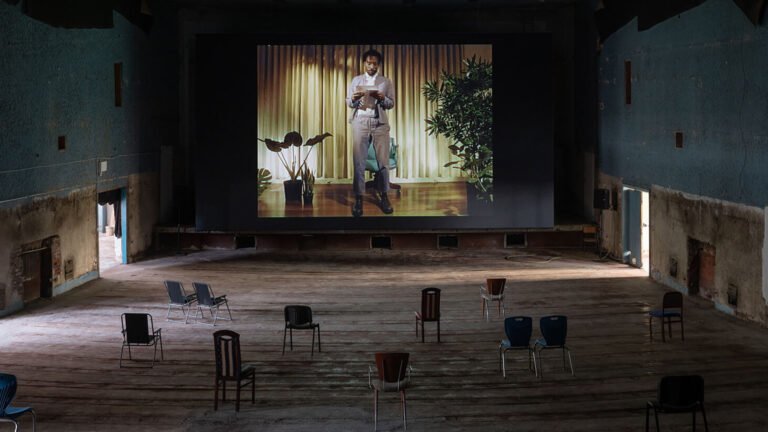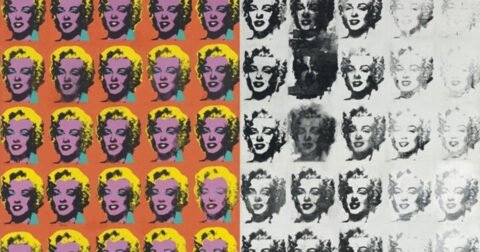Manifesta, the European Nomadic Biennial, changes location every two years. Founded in the early 1990s with the original idea of trying to bridge East and West, Manifesta rethinks the relation between culture and civic society, investigating and instigating positive social change through contemporary culture in response to, and in close dialogue with, the social sphere of the host city and its communities. Manifesta has consistently chosen unexpected host locations that reflect Europe’s changing DNA to shed light on a world defined by changing ethical and aesthetic imperatives. Manifesta, as a recurring event, has transformed itself into a multi-layered and inclusive instrument of civic engagement projects. Throughout the years Manifesta started to look at contemporary culture through the lens of urbanism, city planning, mobility and sustainability. Manifesta was always able to transform and is able to fluctuate, mould and change based on the host city.

In the past years Manifesta has switched from working with a stereotypical profile of a contemporary art curator to the figure of a creative mediator. As the Head of Marketing, Communications & Publications at Manifesta, Emilia van Lynden mentions, “Fluidity of the profile of the people that build the artistic program very much shifted because it really opened it up to the interdisciplinarity. I think it’s really the key. The transformation always starts with the idea of the notion of the collective, but now it’s also collective in interdisciplinarity. We are considering how we can bring different disciplines not only from within the arts, but also broader into the program.”
In 2018 Yll Rugova was appointed as a Director for Culture at the Municipality in Kosovo. He was the one, who initiated the bid for Prishtina to be the host city for Manifesta. It turned out to be a successful bid – “Manifesta wanted something like Prishtina and Prishtina needed something like Manifesta,” as Yll Rugova concludes.
In 2022, Manifesta 14 Prishtina took place in Prishtina in Kosovo. It aimed to support the citizens of Kosovo in their ambition to reclaim public space and to rewrite the future of their capital as an open-minded metropolis in the Balkans and in Europe through the development of a new cultural institution. As the European Nomadic Biennial, through its urban and artistic interventions across Prishtina, Manifesta addressed Kosovo’s relationship with Europe. Manifesta 14 Prishtina managed to put the spotlight on the underrepresented talents within the region and to open up new networks for Kosovo’s artistic and cultural communities.
The working process behind the building up of Manifesta 14 included communications with the local municipality, pitch for architectural bureaus, who came up with diverse approaches, which were collectively studied, work with different partners in the region (for ex., the Faculty of Architecture at the University of Prishtina). The overall urban study was later on presented to the Creative Mediator of Manifesta 14, Catherine Nichols, an art and literary scholar, curator and writer. Commenting on this process, Emilia van Lynden says, “We went out to the communities in order to ask, what is culture for you? How do you engage with culture? What kind of culture are you missing in your communities and in your neighbourhoods? And based on that we made an entire report. These elements were so to speak handed over to Catherine Nichols. I think that the current success of Manifesta in Prishtina shows that we had building blocks, which had urban, historical as well as community-led elements.”
Yll Rugova comments: “I was quite amazed how quickly the team of Manifesta managed to make the scanning of all the relevant groups and individuals and to create a consensus among all the involved parties. Manifesta managed to tackle the problems which Prishtina has and managed to give a new perspective.”

The biennial programme was spread across 25 public and semi-public venues in Prishtina: from the Ottoman-era Great Hammam to the Yugoslav-era Palace of Youth and Sports. Through its engagement with a diverse set of venues – each with its own unique history, Manifesta 14 Prishtina called attention to the need and use of public space within urban landscapes. Major urban interventions included the Green Corridor, which connects two sides of the city with a plant-lined sustainable mobility path and opens access to the eco-urban learning laboratory developed by raumlaborberlin (recipients of the Venice Golden Lion 2021) for Manifesta 14 Prishtina in the former Brick Factory. For the first time in Manifesta’s three-decade history, Manifesta 14 has established a permanent interdisciplinary cultural institution, the Centre for Narrative Practice, situated on the grounds of the former Hivzi Sulejmani Library. This is the result of a significant change in Manifesta’s institutional approach, concentrating on making a long-term impact on the local infrastructure and cultural ecosystem in the host city.
What did Manifesta mean for Kosovo and which processes had it initiated?
Emilia van Lynden responds to it saying, “We could highlight the cultural wealth of Kosovo, which has been very much overshadowed. The percentage of participants from Kosovo and from the region was very high. The artists were able to showcase their works to the international audience. We were working in spaces that have been abandoned, that have been dilapidated and have been forgotten. Those are the places which encapsulate the history of the people of Kosovo.”
The idea behind Manifesta obviously lies in the domain of building cultural bridges, but next to it – bridges between culture, urban development and environmental focus. Yll Rugova states, “We have a lot of empty buildings which are being privatised. We wanted to stop this process and to transform them into public spaces that can be brought to life by culture. The main idea was to see how we can transform them into something sustainable that will remain linked to culture. It really feels like in the case of Kosovo, the afterlife of Manifesta is very promising.”




![not a word […], 2022, Ugo Rondinone | STIRworld](https://www.stirworld.com/images/see/4111_Manifesta_4.jpg)







